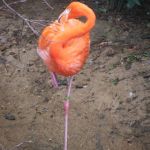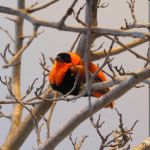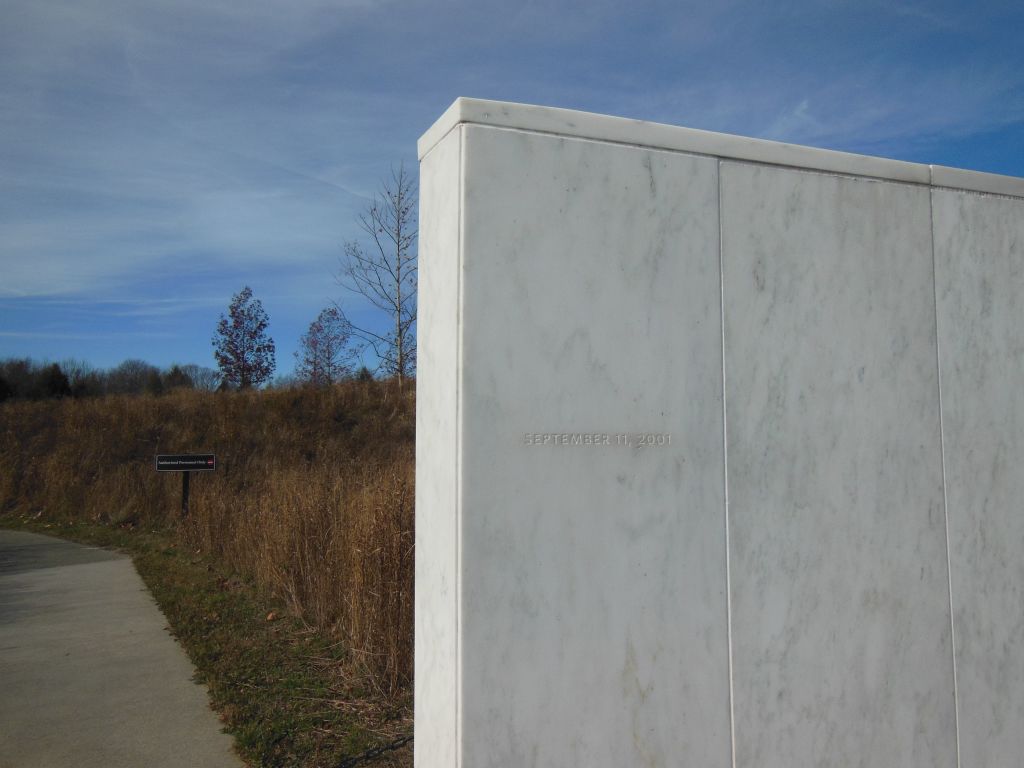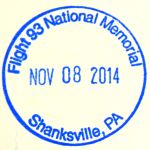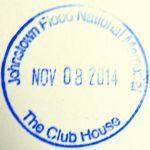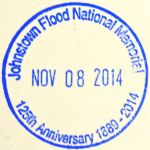Double feature! To lighten the mood a little from my last post, here’s some fun pictures of birds from Pittsburgh’s National Aviary
Month: November 2014
Tragedies of Western Pennsylvania
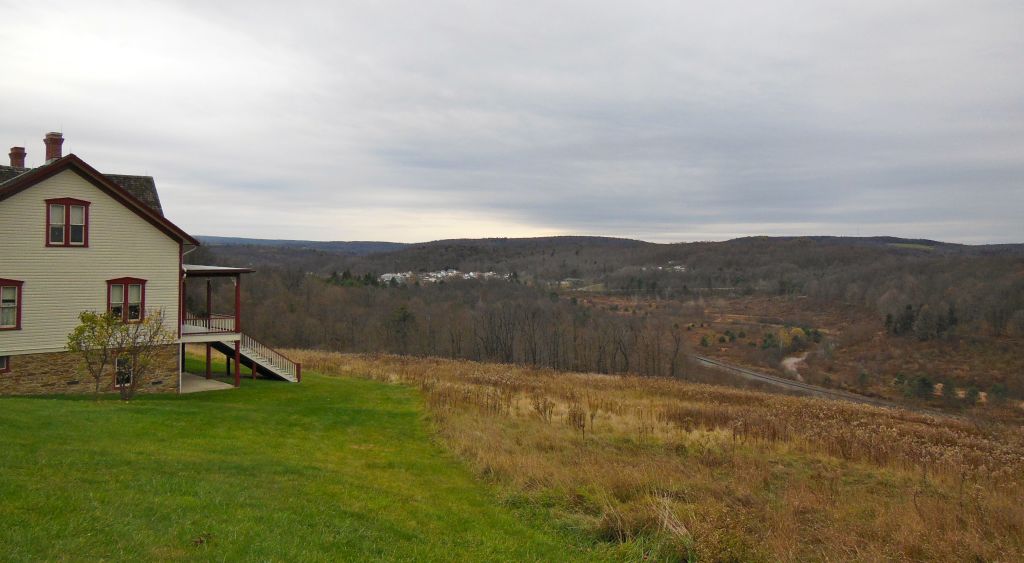
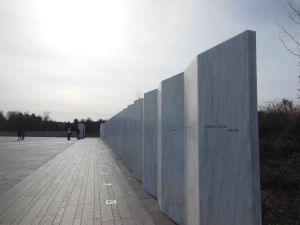 Not to put a damper on the holiday mood, but as I hadn’t posted here in a while, figured I’d share some of my recent visits to a pair of Memorials managed by the National Park Service. To avoid traveling over the Thanksgiving weekend, the hubby and I took our “holiday” trip to see the Pittsburgh family earlier this month. One side of the family is from the small city of Johnstown, PA, a city most famous for its great flood of 1889 about 1-2 hours east of Pittsburgh, and on the way into Johnstown, you pass the site where Flight 93 crashed into a field during the September 11, 2001 attacks.
Not to put a damper on the holiday mood, but as I hadn’t posted here in a while, figured I’d share some of my recent visits to a pair of Memorials managed by the National Park Service. To avoid traveling over the Thanksgiving weekend, the hubby and I took our “holiday” trip to see the Pittsburgh family earlier this month. One side of the family is from the small city of Johnstown, PA, a city most famous for its great flood of 1889 about 1-2 hours east of Pittsburgh, and on the way into Johnstown, you pass the site where Flight 93 crashed into a field during the September 11, 2001 attacks.
The prospect of getting new cancellations in my National Parks Passport book is a (geeky) source of excitement for me when I’m visiting new places, but I admit it felt a little weird when my quest for stamps took a more somber twist on this trip. On the other hand, it certainly didn’t seem right to drive within 10 miles of the isolated field where the passengers of Flight 93 gave their lives to subvert another 9/11 attack and not visit the memorial to pay our respects. 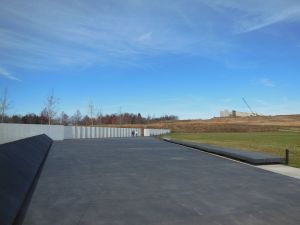 So, to the memorial we went. They are still constructing future sections of the Flight 93 memorial park, including a museum, but the current site has signs near the parking area to tell the story of the flight and a memorial walk leading up to a wall containing the names of all of the passengers and crew. As a University of California Rugby fan, I recognized the name of local hero Mark Bingham, former Cal Rugby player and one of the passengers who lead the charge against the terrorists. Needless to say, the memorial was very moving – it’s amazing how fresh those events can still feel.
So, to the memorial we went. They are still constructing future sections of the Flight 93 memorial park, including a museum, but the current site has signs near the parking area to tell the story of the flight and a memorial walk leading up to a wall containing the names of all of the passengers and crew. As a University of California Rugby fan, I recognized the name of local hero Mark Bingham, former Cal Rugby player and one of the passengers who lead the charge against the terrorists. Needless to say, the memorial was very moving – it’s amazing how fresh those events can still feel.
The Johnstown Flood National Memorial, being a bit more historical in nature, didn’t pack quite the emotional punch, but the site sits just above the infamous dam that failed after heavy rains in 1889, 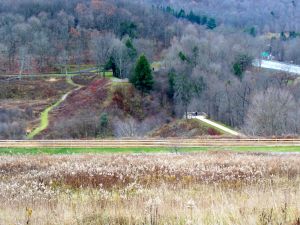 flooding the town below and killing more than 2000 people. Johnstown was a bigger town then than it is now, and the exhibits at the visitors center explain how flood aid poured in from all over the world, in part inspired by connections to the diverse population in the steel and railroad town at that time. The disaster also marked the first large-scale relief effort by the American Red Cross, with Clara Barton herself helping to coordinate the response. It was interesting to hear about the series of events that lead to the decay and eventual failure of the dam, first installed as part of a public works project, then owned and allowed to fall into disrepair by the railroad company and eventually inherited and “kept up” by a fishing and hunting club whose
flooding the town below and killing more than 2000 people. Johnstown was a bigger town then than it is now, and the exhibits at the visitors center explain how flood aid poured in from all over the world, in part inspired by connections to the diverse population in the steel and railroad town at that time. The disaster also marked the first large-scale relief effort by the American Red Cross, with Clara Barton herself helping to coordinate the response. It was interesting to hear about the series of events that lead to the decay and eventual failure of the dam, first installed as part of a public works project, then owned and allowed to fall into disrepair by the railroad company and eventually inherited and “kept up” by a fishing and hunting club whose 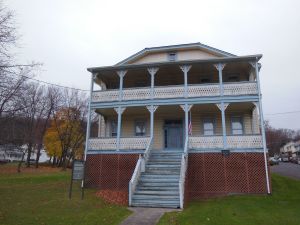 members included steel and banking magnates. In addition to seeing the exhibits at the visitor’s center, you can walk up to either side of the former dam and see some of the old club houses in the nearby town of St. Michael (much of which sits in what was then the lake). In Johnstown proper, there is a Johnstown Flood Museum not associated with the NPS, but we didn’t have time to stop in.
members included steel and banking magnates. In addition to seeing the exhibits at the visitor’s center, you can walk up to either side of the former dam and see some of the old club houses in the nearby town of St. Michael (much of which sits in what was then the lake). In Johnstown proper, there is a Johnstown Flood Museum not associated with the NPS, but we didn’t have time to stop in.
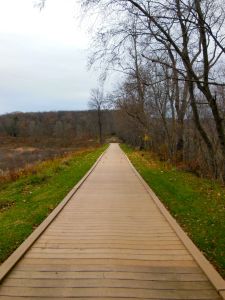 A common theme from the two memorials we visited was the stories relating the heroism of everyday people, like the legend of Hettie Ogle, a Johnstown telegraph operator who remained with her staff at a post upstream of the town relaying warnings until the flood took them. Since our visit occurred just before Veteran’s Day, it seemed appropriate to also spend a day honoring the service and sacrifice of those who worked to the bitter end to try to save the inhabitants of Johnstown and the passengers and crew of Flight 93.
A common theme from the two memorials we visited was the stories relating the heroism of everyday people, like the legend of Hettie Ogle, a Johnstown telegraph operator who remained with her staff at a post upstream of the town relaying warnings until the flood took them. Since our visit occurred just before Veteran’s Day, it seemed appropriate to also spend a day honoring the service and sacrifice of those who worked to the bitter end to try to save the inhabitants of Johnstown and the passengers and crew of Flight 93.









